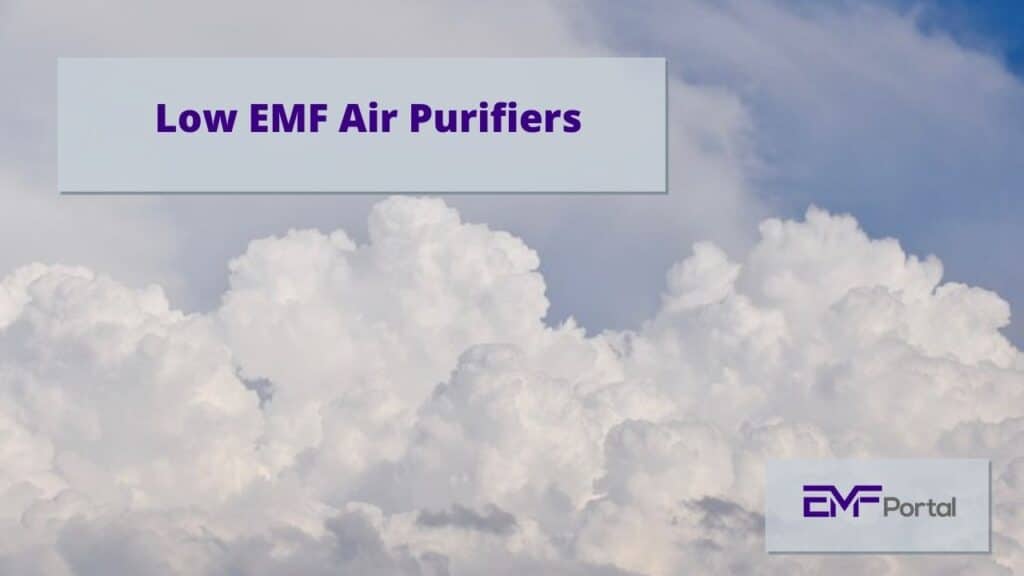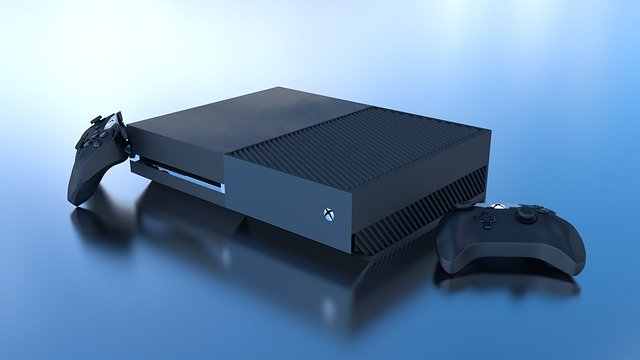
Simply stated, the electrical motor in air purifiers emits EMF radiation.
Low-frequency EMF is generated by air purifiers, not the high-frequency/high-power kind that has been linked to cancer in scientific studies. Its activated carbon filter, which reduces fumes, VOCs, and pet odors, is capable of eliminating odors.
Finding an air purifier with HEPA filters is recommended since these filters will eliminate up to 99 percent of air pollution inside the house. If you want to know more about the best Low EMF Air Purifiers keep reading!
Do Air Purifiers Give Off EMFs?
Electromagnetic field (EMF) radiation is generated by air purifiers in a safe and small amount. Until now, there is no concrete evidence that EMF radiation from air purifiers is harmful.
However, the International Agency for Research on Cancer (IARC) has classified low-frequency EMF (ELF) as possible carcinogens for humans. Electronics in the home, car, and workplace emit EMF that is comparable to or greater than that generated by air purifiers.
Most air purifiers use a low-frequency 60Hz 120V power source that is “chopped up” to control the purifier’s fan speed and use a household low-frequency 60Hz 120V power source.
In most cases, they don’t use a high-frequency design even if they do emit some EMFs.
What Is The Healthiest Air Purifier?
The Environmental Agency (EPA) ranks pollution of the air inside the house on the same level as the most dangerous environmental health risks.
The polluting particles consist of mold spores, pet dander, bacteria, pollen, dust, and viruses. Luckily, new air purifiers will assist in the removal of a wide range of particles that are harmful to your home.
The new air purifiers help to keep the air clean in a large amount, up to 360 square feet, which is slightly larger than the average room of a family. The filters in the air purifiers capture all kinds of particles to reduce pollutants that can trigger itchiness and sore eyes.
While we were reviewing the air filters, we had a close look at the CADR rating which stands for Clean Air Delivery Rate. When the CADR rate is at its highest, it means that it can clean the air in a better way. The rate is measured by the number of cubic feet it can clean per minute.
The ideal features to look for in an air purifier are:
- Style and ease of use of air filtration technology
- Energy consumption Noise level
- Maintenance costs
Before buying any air purifier, carefully consider its CADR rating. The higher the CADR rating of a machine, the better it cleans the air. The aim of purchasing an air purifier is straightforward: to improve the air quality in your home or workplace.
However, sifting through lists of technical requirements can make making a decision seem difficult. Determine the primary reason for your need for an air purifier to make the process easier. Is it allergies, asthma causes, wildfire smoke, or something else that you’re most concerned about when it comes to air quality?
The best air purifier can fix your unique air quality concerns while still fitting in with your surroundings. Until you go out and start shopping, sit down and write down the most critical features you want from your air purifier.
What Air Purifiers Do Not Emit Ozone?
HEPA (High-Efficiency Particulate Air) filters are designed to eliminate 99.97 percent of all particles with a diameter of 0.3 microns from the air. They do not contain ozone and are ineffective against odors, VOCs, and other gaseous contaminants.
Certain solids or liquids emit volatile organic compounds (VOCs) as gases. VOCs are a group of chemicals that can have both short- and long-term health consequences. Carbon filters are used to eliminate VOCs and other gaseous contaminants from the air using a mixture of high surface area and activated carbon.
They are ineffective at removing dust particles, but they can aid in the removal of gases. Carbon filters do not produce any ozone. PECO – While Photo Electrochemical Oxidation appears similar to PCO (Photocatalytic Oxidation) in concept, it is not the same as the outdated PCO process.
PECO was created to be thousands of times more powerful than PCO. Unlike the PCO process, which generates new contaminants in the form of incomplete byproducts, the Photo Electrochemical Oxidation process produces the correct concentrations of hydroxyl radicals to kill pollutants entirely.
Instead of dangerous UV-C light, PECO uses protected UV-A light. The difference in lights used prevents the production of ozone. Since ozone molecules are converted into breathable oxygen, PECO has been shown to minimize ozone levels in the air.
Do Air Purifiers Remove VOCs?
No air purifiers do not remove VOCs. At room temperature, VOCs are a broad group of chemicals mainly made up of carbon that quickly evaporate into the air.
Some VOCs are completely safe and produce good plant-based scents like citrus and pine. According to the Minnesota Department of Health, other VOCs may be highly detrimental to the human body if exposed to them for an extended period.
Electrostatic air purifiers use an electrically charged screen or panel to trap particles (solid particles and liquid droplets). However, they cannot eliminate gaseous molecules like VOCs; only larger particulates like dander, dust, and mold can be removed.
HEPA filters are mechanical filters that remove air pollution to a given level. A filter must eliminate at least 99.97 percent of all particles that are 0.3 microns or larger to be labeled as “HEPA,” which stands for High-Efficiency Particulate Air.
This seems to be a remarkable degree of filtration (and it is), and it helps keep your home free of dust, pet dander, pollen, and other types of particulate matter. Unfortunately, removing all of the pollutants in the air isn’t enough, and even this does not remove VOCs from the air.
How Much Radiation Do Air Purifiers Emit?
Air purifiers use an electric motor, which is usually operated by alternating current (AC). To allow different fan speeds, an electronic board controls the amount of power given to the fan.
Both the operation and the motor create EMF fields (as do other devices too). The amount of radiation emitted by air purifiers varies greatly.
Unlike mobile phones, which are required to disclose the amounts of radiation emitted (see SARs), air purifier manufacturers are not obliged to do so. Some people have decided to examine air purifiers on their own.
Some have even tried three different ones, and they all maxed out his meter’s magnetic field readings (at 200 mG). They discovered that air purifiers released up to 63 mG of EMF radiation even though they were just 2 feet away.
There is almost no need to stay close to an air purifier for long-term use because the rate of radiation drops off rapidly with space. So, if you have an air purifier and are concerned about the pollution, simply place it in a spacious corner away from where you spend the majority of your time, and you should be fine.


